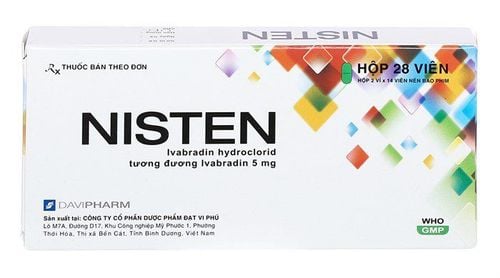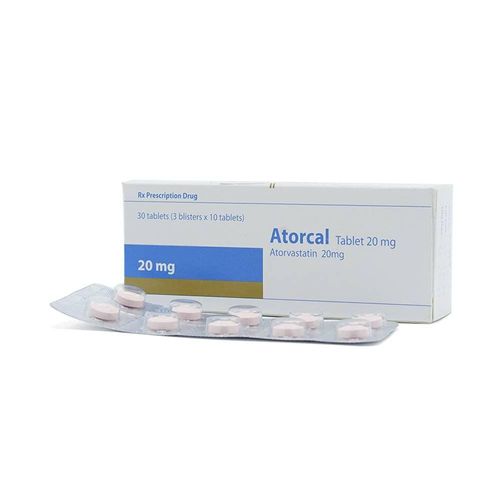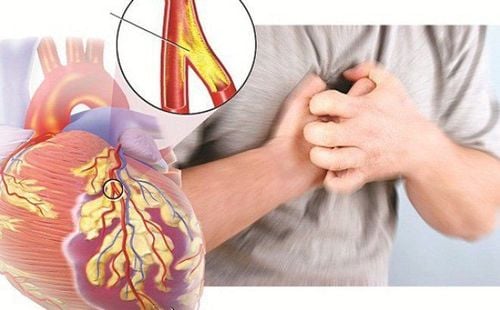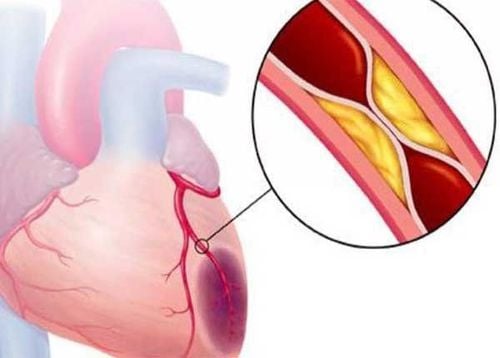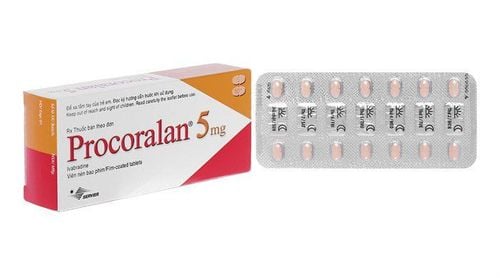This is an automatically translated article.
The article is professionally consulted by Dr. Le Duc Hiep - Internal Medicine and Cardiovascular Interventionist - Cardiovascular Center - Vinmec Times City International General Hospital.Stable coronary artery disease or now also known by a new name, chronic coronary disease, this is a common disease, it is understood as a state of coronary artery disease that tends to be stable, chronically progressive. count. However, the progression of the disease depends largely on the adherence to treatment, optimal drug treatment in the treatment of diseases and the patient's acquired cardiovascular risk factors.
1. What is stable coronary artery disease?
Chronic coronary heart disease includes many different clinical forms such as stable angina, silent myocardial ischemia, ischemic myocardium, metamorphic angina, mitral regurgitation...Cardiovascular physiological changes in patients with chronic coronary artery disease are often related to blood pressure, pulse wave velocity, vascular reactivity, intima-media thickness, endothelial function, arterial stiffness... These changes affect the sinus node, ventricles, atria, heart valves, blood vessels...
The cause of chronic coronary artery disease is mainly because atherosclerotic plaque blocks the arteries. Non-atherosclerotic obstruction may result from congenital malformations, embolism, coronary artery inflammation, systemic diseases, or radiation therapy...
To diagnose syndrome-related lesions Some tests are suggested for acute coronary artery disease such as electrocardiogram, chest x-ray, resting echocardiogram, stress electrocardiogram, coronary angiogram...
In the United States, in 2015 there were about 20 million people coronary heart disease and more than 1 million people experience adverse complications related to the disease. An estimated one-fifth of people with the disease have died, but improved management of the disease has resulted in a 34% reduction in the death rate from stable coronary artery disease since 1995.
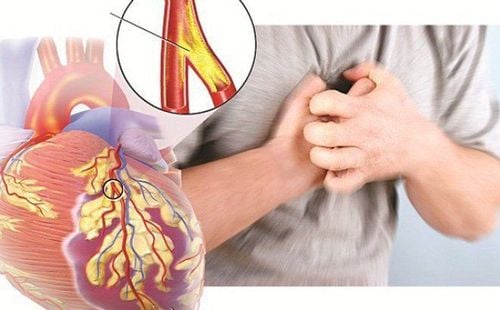
Bệnh mạch vành mạn bao gồm nhiều thể lâm sàng khác nhau như cớn đau thắt ngực ổn định, thiếu máu cơ tim yên lặng,...
2. How to treat stable coronary artery disease
All patients with stable coronary artery disease require medical therapy to prevent disease progression and recurrent cardiovascular events. Commonly used drug classes include: lipid-lowering drugs, antihypertensives, and antiplatelet agents. Lipid-lowering therapy is needed to lower low-density lipoprotein cholesterol to a target level of less than 100 mg per dL, and physicians should consider a goal of less than 70 mg per dL for very high-risk patients. Statins have demonstrated a clear benefit in morbidity and mortality in the secondary prevention of coronary heart disease.Other drugs that can be used in addition to statins to lower cholesterol include ezetimibe, fibrate, and nicotinic acid. Treatment of blood pressure in patients with coronary artery disease should begin with beta-blockers and ACE inhibitors. If these are not tolerated, calcium channel blockers or angiotensin receptor blockers are acceptable alternatives.
Aspirin is the first-line antiplatelet agent, except in patients with recent myocardial infarction or recent stenting, in which case clopidogrel should be used. The angina symptoms of coronary artery disease can be treated with beta-blockers, calcium channel blockers, nitrates, or any combination of these drugs.

Tất cả các bệnh nhân có bệnh mạch vành ổn định đều cần điều trị nội khoa để ngăn ngừa bệnh tiến triển và các biến cố tim mạch tái phát
3. Measures to prevent secondary coronary heart disease
Maintain blood pressure medication, and antiplatelet drugs according to the doctor's instructionsCheck blood biochemistry monthly to control blood fat, diabetes.
Change your lifestyle by: Changing your diet, exercising regularly and increasing physical activity, completely quitting smoking, including avoiding secondhand smoke (also known as smoking). passive smoking), recognizing and controlling risk factors for coronary heart disease: hypertension, diabetes, dyslipidemia...
To control stable coronary artery disease, patients need to use the medicine according to the doctor's prescription and at the same time have regular health check-ups at reputable medical facilities. Currently, Cardiovascular Center - Vinmec International General Hospital is one of the leading centers in the country for examination, diagnosis, screening and treatment of cardiovascular diseases. With the convergence of a team of experienced, reputable experts in the field of surgery, internal medicine, interventional cardiac catheterization and the application of advanced techniques in the diagnosis and treatment of diseases. Cardiovascular management, along with a system of modern equipment, on par with the most prestigious hospitals in the world such as: 3 Tesla MRI machine (Siemens), 640 CT machine (Toshiba), other equipment EVIS EXERA III advanced endoscope (Japan Olympiad), Avace high-end anesthesia system, Hybrid operating room according to international standards... The Cardiovascular Center at Vinmec International General Hospital has achieved many successes. work and gain the trust of a large number of patients.
Please dial HOTLINE for more information or register for an appointment HERE. Download MyVinmec app to make appointments faster and to manage your bookings easily.




